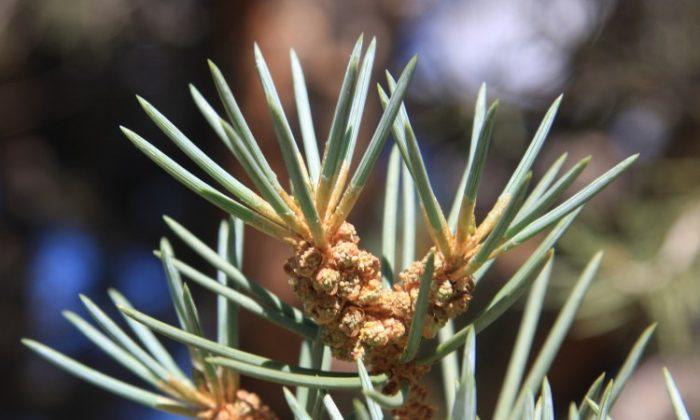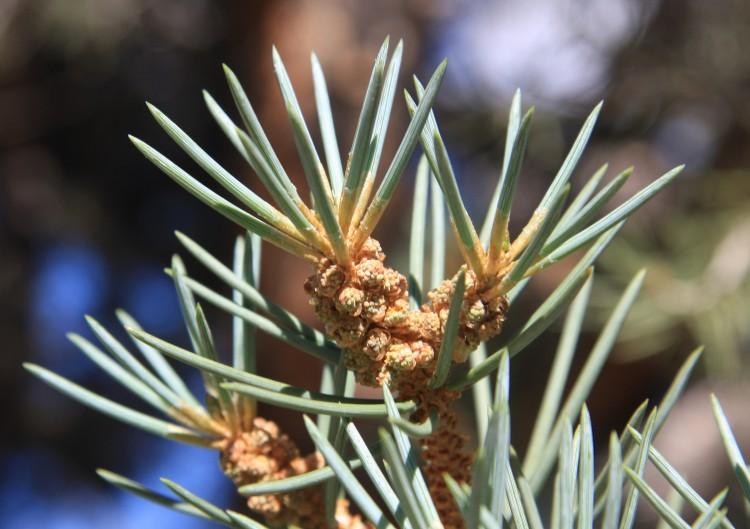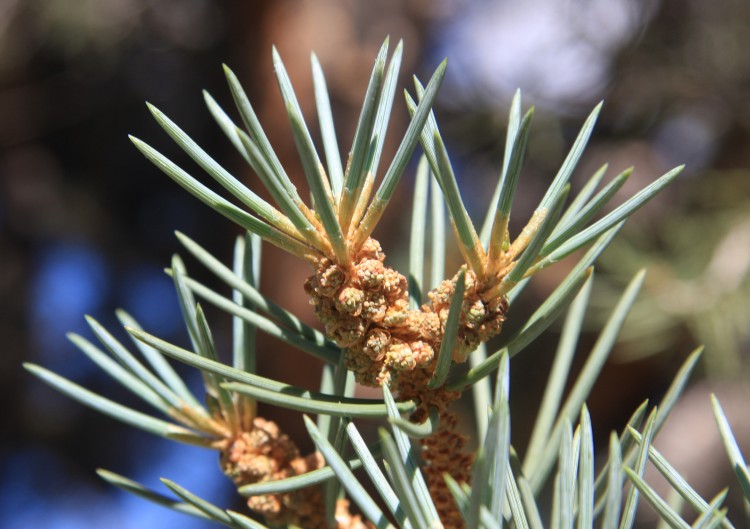Noise pollution can have a ripple effect on plants if it affects the animal vectors that aid plant reproduction. And the consequences may persist for decades, even after the noise has gone.
Many plants rely on animals like birds for pollination and seed dispersal. A team of U.S. researchers conducted experiments over several years at Rattlesnake Canyon Wildlife Area in New Mexico, which is mined for natural gas, to determine how plants are indirectly affected by noise.
Compressors extract and transport the gas throughout the area, generating considerable environmental noise day and night, all year round.
In the first experiment, the team created artificial patches of scarlet gilia, a red wildflower common to the area. They made five plants per patch, each one consisting of three mimic flowers: tiny tubes of sugar water covered in red tape.
One plant per patch was dusted with fake pollen, colored differently for each patch, to see how much it is spread within and between patches.
The scientists found that pollen transfer was more frequent at noisy sites, and that black-chinned hummingbirds (Archilochus alexandri) visited noisy sites five times more often than quiet ones.
“Black-chinned hummingbirds may prefer noisy sites because another bird species that preys on their nestlings, the western scrub jay, tends to avoid those areas,” said study lead author Clinton Francis at the National Evolutionary Synthesis Center in North Carolina in a press release.
Plants pollinated by hummingbirds could therefore indirectly benefit from environmental noise if more seeds are produced this way.
In the second experiment, the researchers studied a dominant tree species in the area—the pinyon pine (Pinus edulis)—to see how noise influences tree seeds and seedlings.
If not consumed within their cones, the pine seeds fall to the ground, where they may be eaten by animals. The team spread seeds below 120 pines at noisy and quiet sites, and filmed feeding animals with a motion-activated camera.
Overall, visitors included rodents, birds, and rabbits. However, mice were found to prefer noisy sites, while western scrub jays avoided them. Also, pinyon pine seedlings were found to be four times more abundant at quiet sites.
When mice eat pine seeds, the seeds are destroyed during digestion, whereas scrub jays hide them for later consumption, with germination possible if the birds do not relocate them.
As it can take many years for a pinyon pine to become an established tree, a noisy environment can have long-term effects on this species.
“Fewer seedlings in noisy areas might eventually mean fewer mature trees, but because [pinyon pines] are so slow-growing the shift could have gone undetected for years,” Francis said.
“Fewer [pinyon pine] trees would mean less critical habitat for the hundreds of species that depend on them for survival.”
The findings will be published in Proceedings of the Royal Society B on March 21.







Friends Read Free